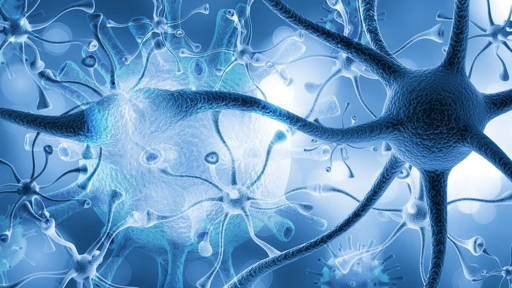An international group of scientists has taken an important step toward a new generation of brain-computer interfaces (BCIs) that can not only control movement, but can also naturally restore sense of touch to people with high spinal cord injury. In their research, people with tetraplegia were for the first time able to adjust their artificial sense of touch themselves. This is considered an important milestone in the development of personalized neuroprosthetics.
The study was conducted by researchers at the University of Pittsburgh School of Medicine in collaboration with the University of Chicago. A unique feature of the study is that participants were able to control how electrical stimulation was applied in their brains to elicit tactile sensations. Whereas previous BCI systems provided a uniform, often vague sensation, such as a general vibration or tingling, this new approach allowed users to actively shape tactile experiences. As a result, objects suddenly felt different depending on their texture or temperature.
Exploring digital objects and recognizing
During the experiment, participants explored digital objects on a screen and described vivid sensations: the warm fur of a purring cat, the cool hardness of a metal key, or the soft surface of a towel. Remarkably, these descriptions varied widely between participants, highlighting how personal and subjective touch is. To some, an apple felt smooth and round, to others cool and firm.
On average, participants were able to correctly guess which object they felt in about one-third (35%) of the cases, based solely on their created sense of touch. This is well above chance level, although further improvement is needed. Still, this result is promising: it shows that people with spinal cord injury can not only experience, but also discern - and more importantly, personalize - touch perceptions themselves.
According to lead author Dr. Ceci Verbaarschot (University of Texas-Southwestern), tactile sensation is not only functional, but also an essential element of social interaction and self-perception. “By letting users design their own sensations, we bring neurotechnology closer to a realistic and meaningful experience.”
Step toward sensible prosthetics
The researchers call the experiment a first successful step toward their ambition to develop fully personalized, sensible prosthetics. Dr. Robert Gaunt (University of Pittsburgh) emphasizes, "This study shows that users, even without vision, can identify objects by feel with reasonable accuracy. And that opens the door to natural, human-centered applications of BCI technology."
This innovation is in line with broader developments in digital care, where technology is increasingly tailored to the unique needs and experience of the patient. As such, the future of neuroprosthetics appears to be not only functional, but palpably human.
A few weeks ago, for example, researchers reported the development of an innovative technology that helps patients with spinal cord injuries rehabilitate faster and more effectively. This technology combines robotic devices, such as exoskeletons and treadmills, with an implanted spinal cord stimulator that delivers biomimetic electrical epidural stimulation.









